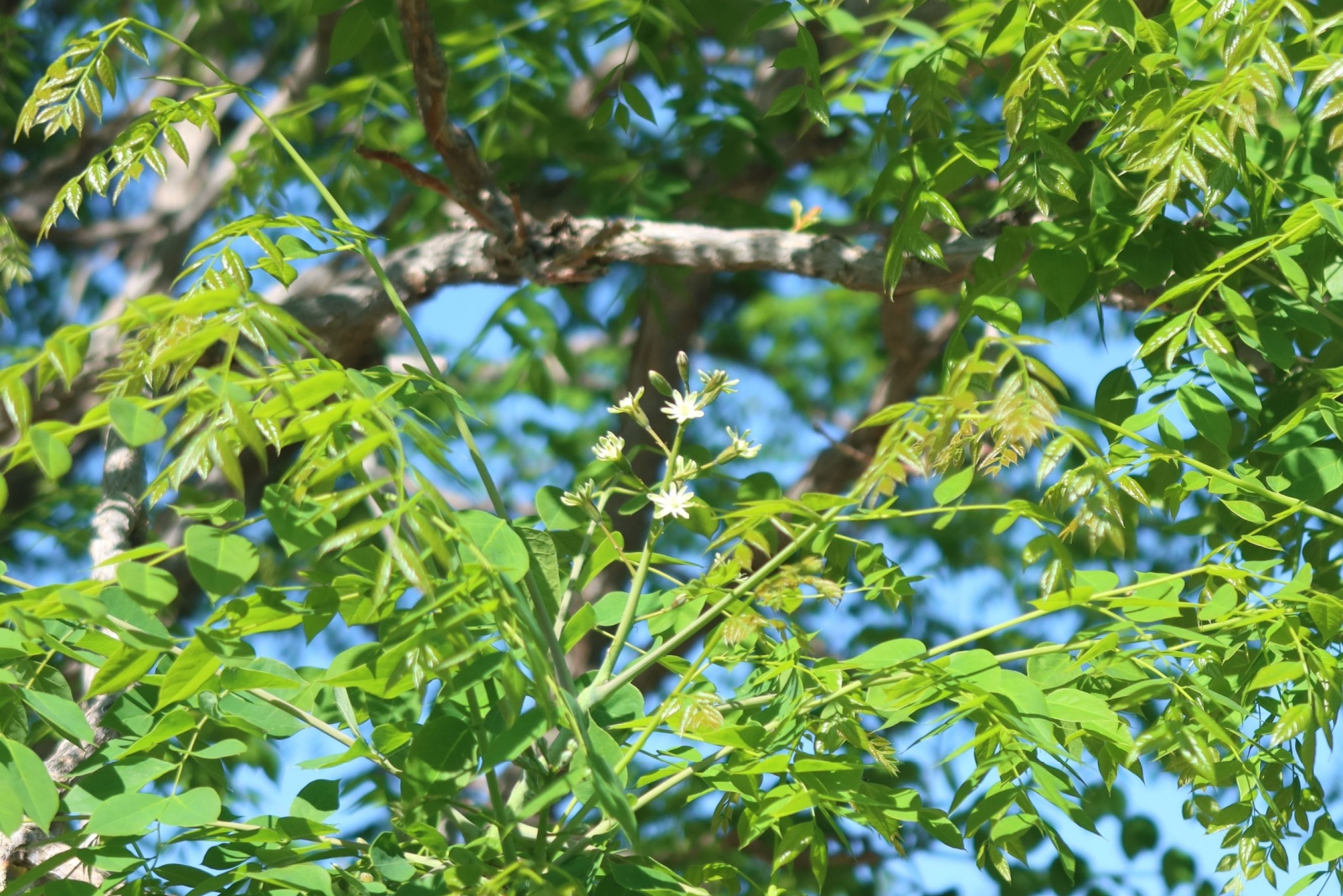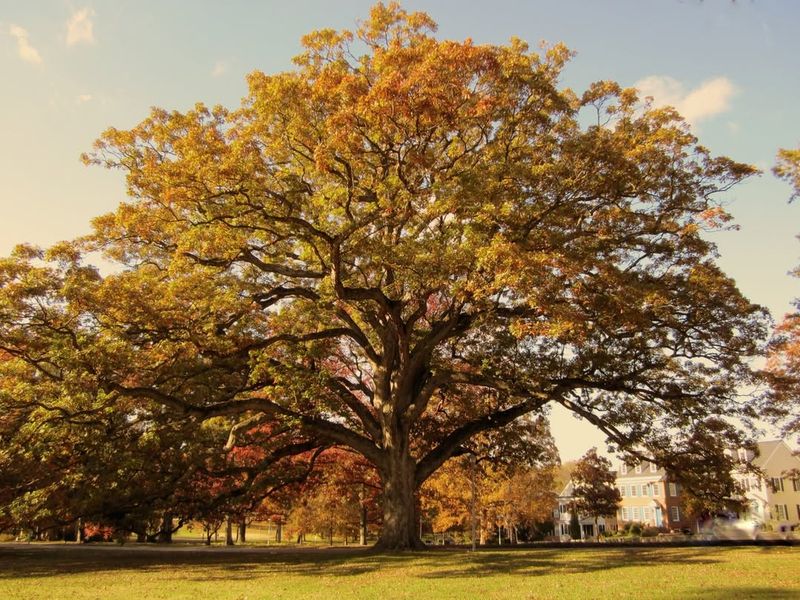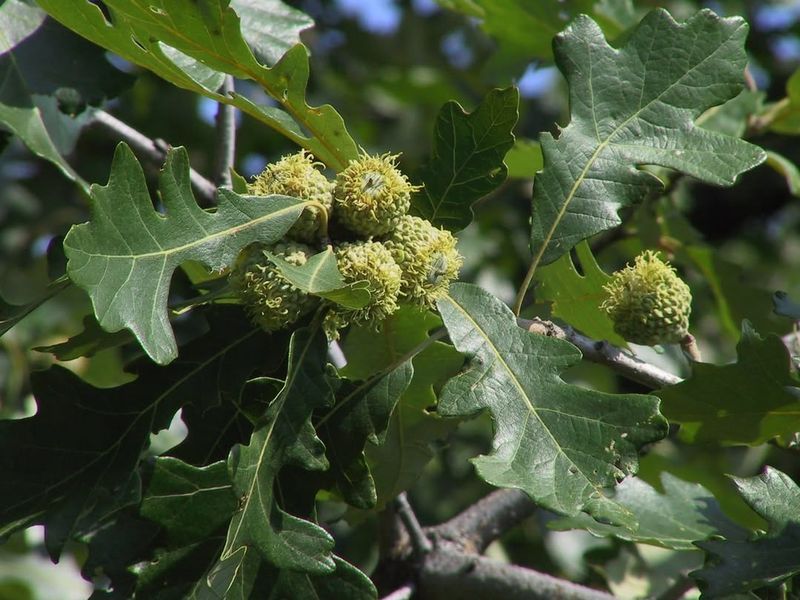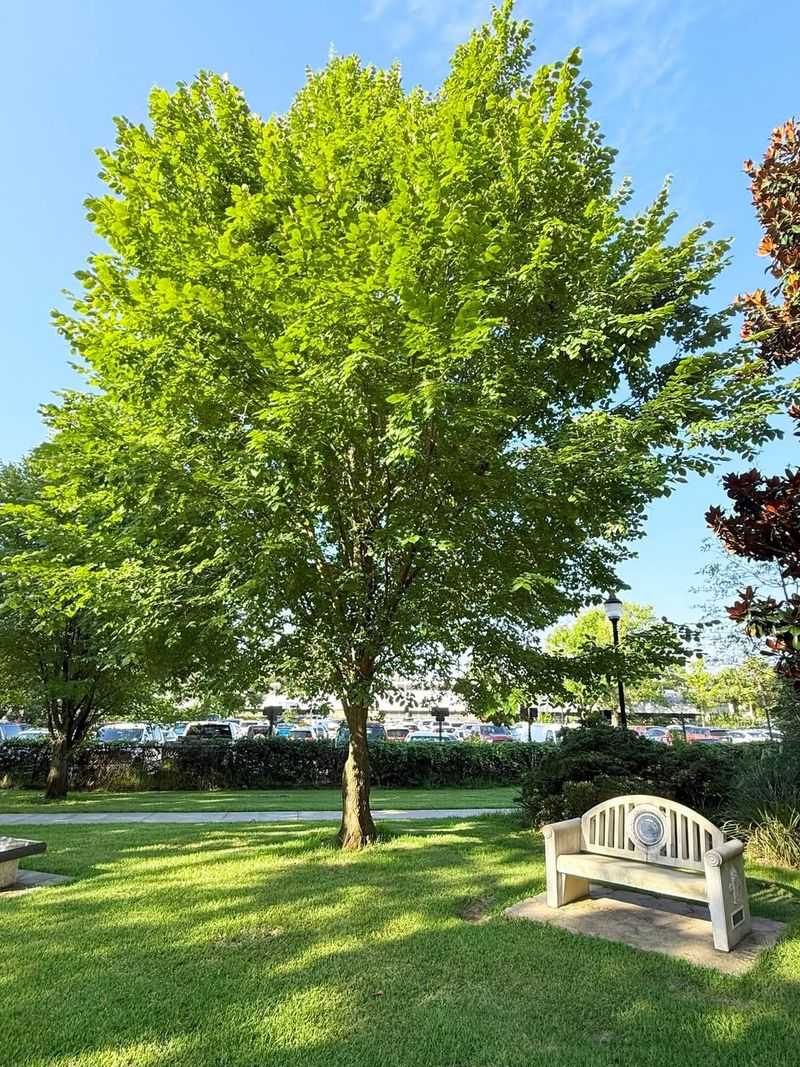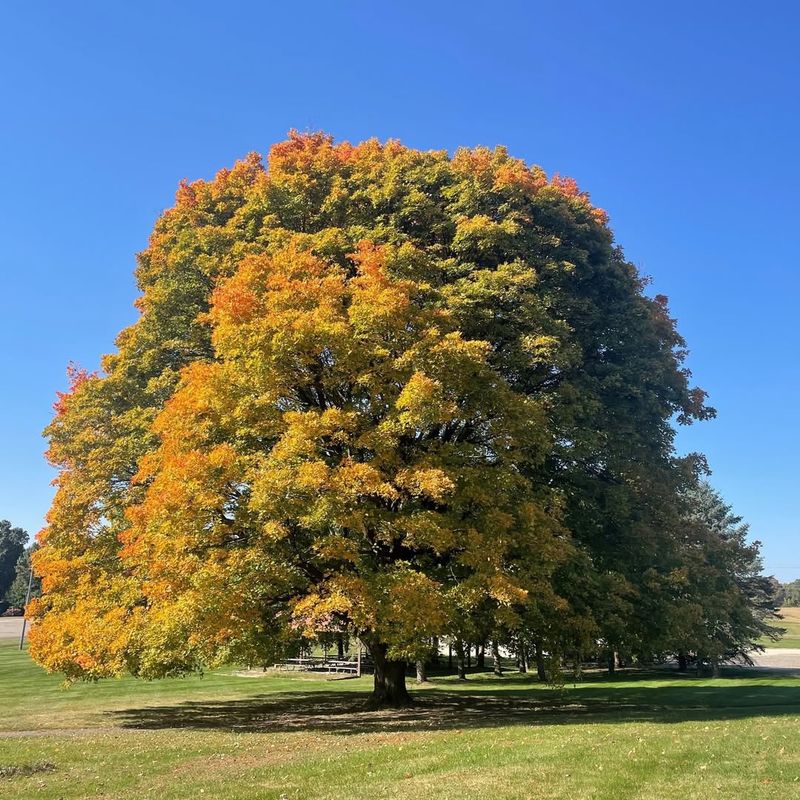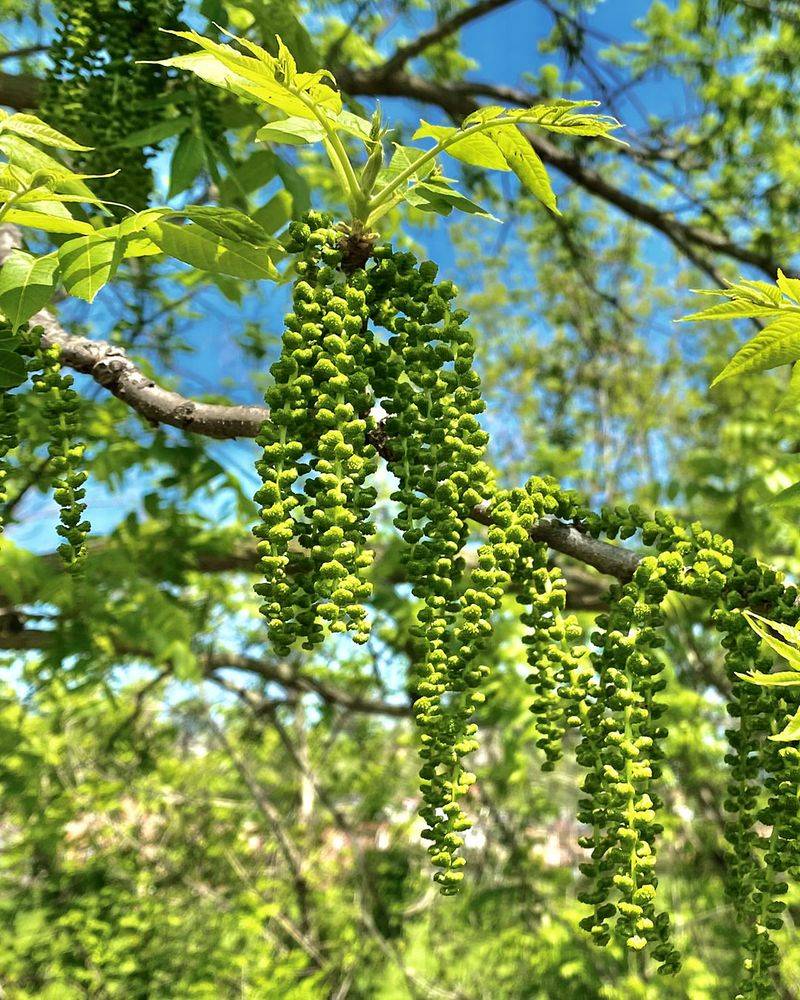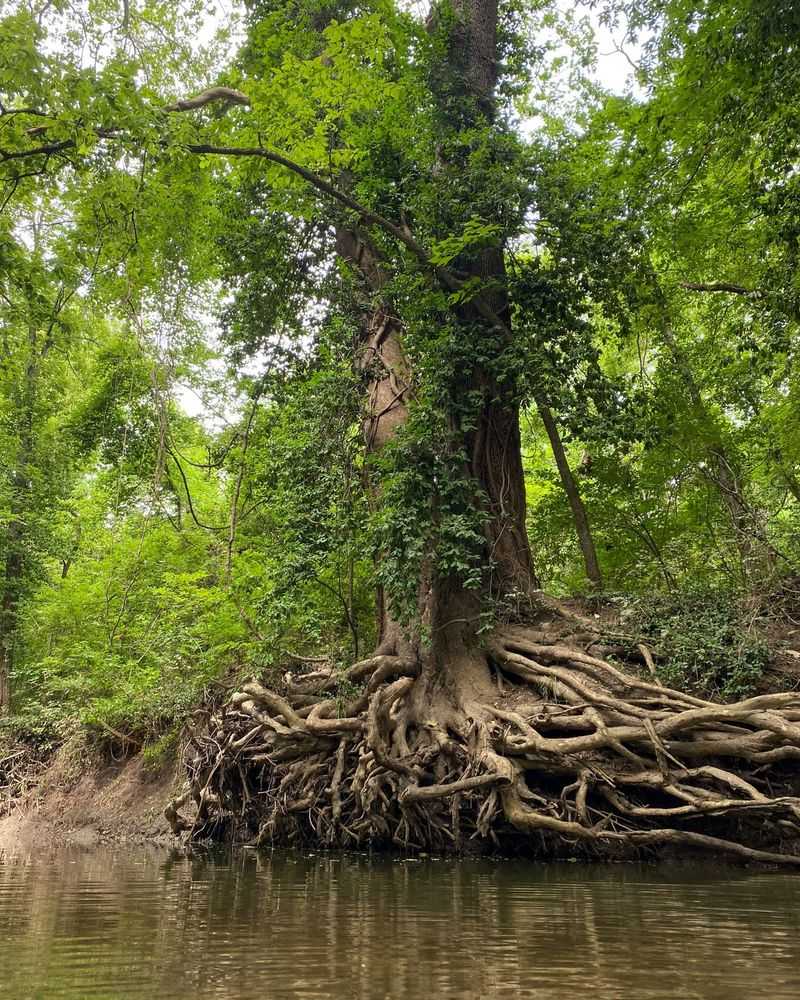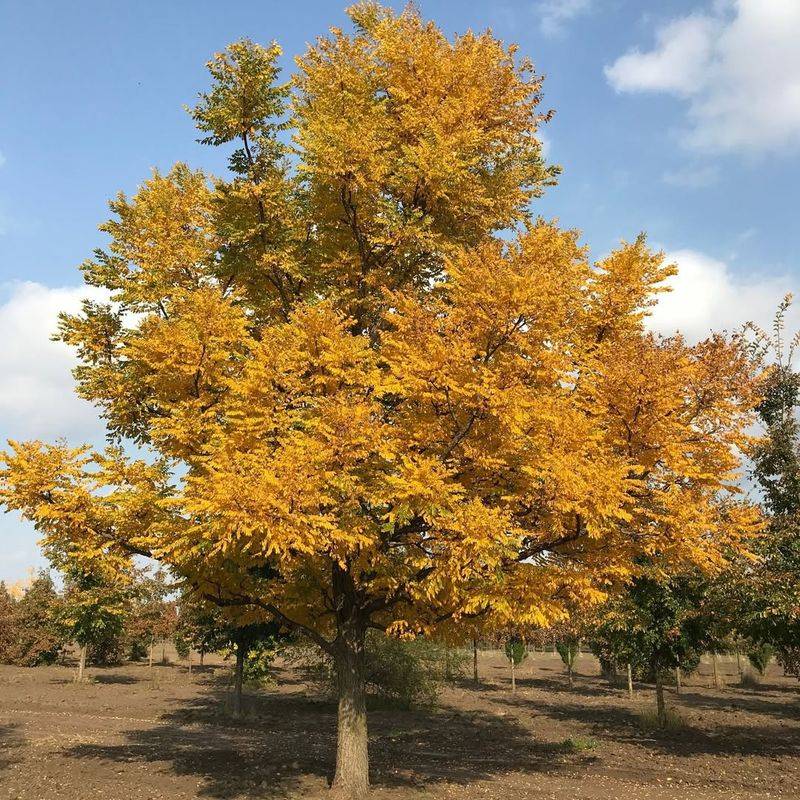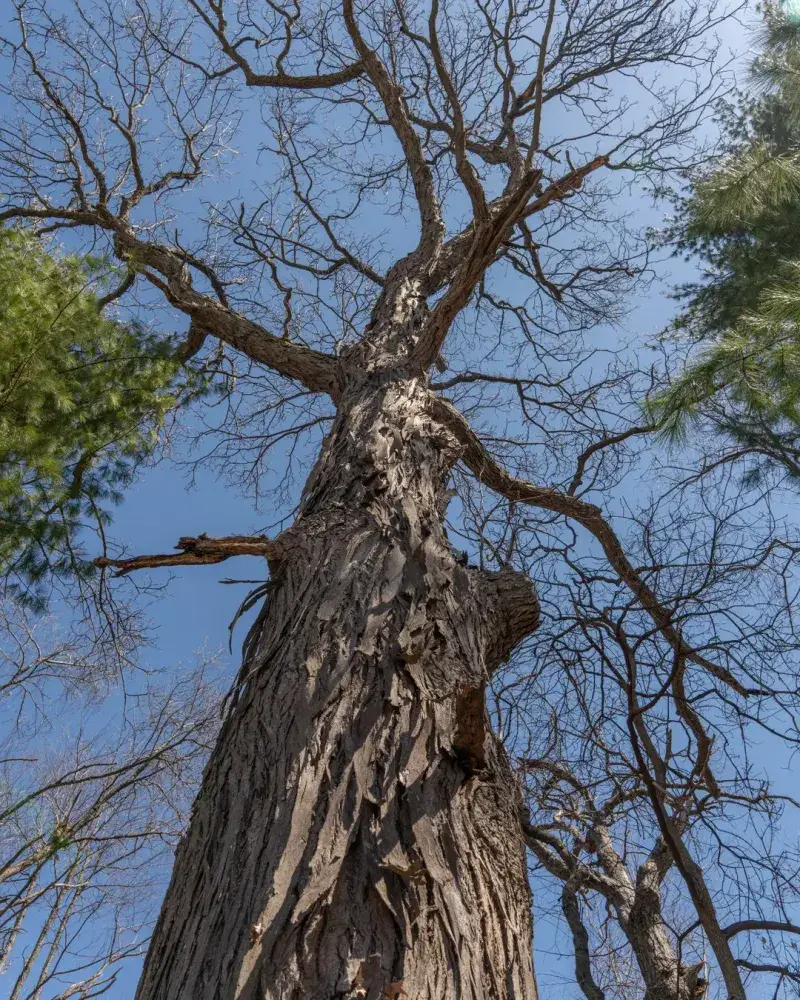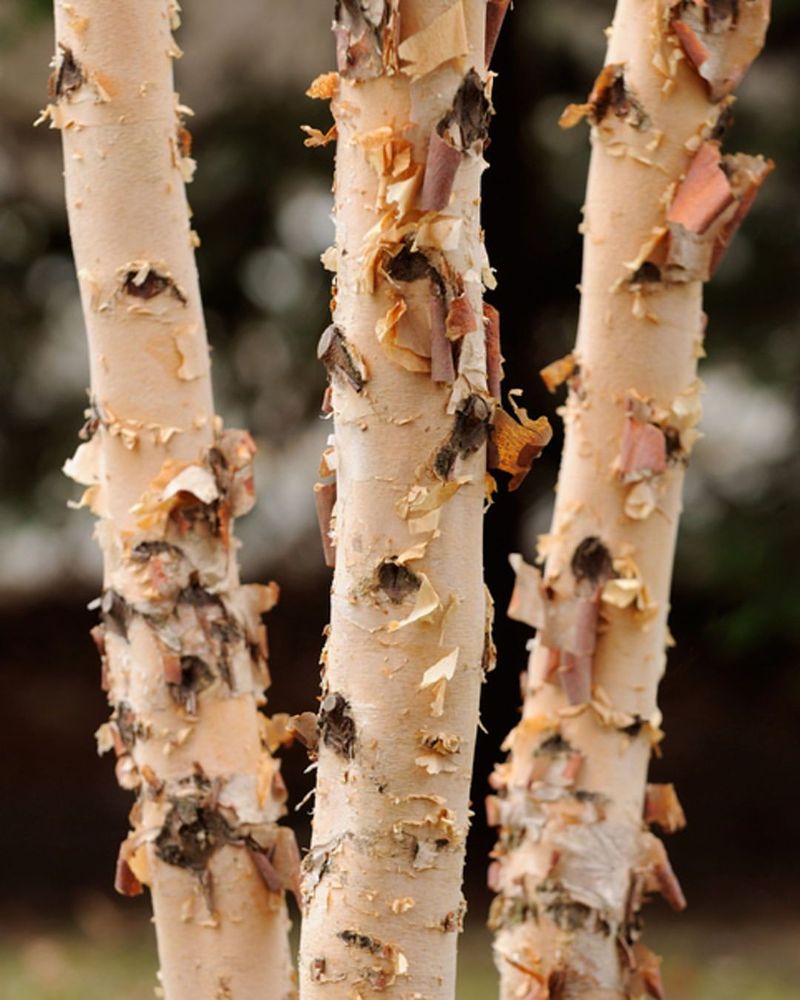Thinking about trimming or removing a tree on your Illinois property? You might want to double-check before firing up the chainsaw. Across the state, several species are protected by law—some for their age, others for their rarity or environmental importance.
Cutting one down without permission could leave you with more than a pile of firewood—it could leave you facing a hefty fine.
1. White Oak
Illinois considers the white oak its official state tree, giving it special status across many communities. Many municipalities have strict ordinances protecting mature specimens, especially those over a certain diameter.
Removing one without a permit can result in fines reaching several thousand dollars. Property owners must usually prove the tree poses a genuine safety hazard before getting approval.
Always check with your local forestry department before even trimming major branches on these majestic giants.
2. Bur Oak
With their impressive size and longevity, bur oaks often receive heritage tree protection in Illinois towns. Some specimens are hundreds of years old and considered irreplaceable community assets.
Cutting one down illegally could cost you anywhere from three thousand to ten thousand dollars in fines. Cities like Chicago have particularly strict rules about removing these native beauties.
Before planning any removal, get a professional arborist evaluation and submit it to your city council for review.
3. American Elm
Once lining every street in America, Dutch elm disease nearly wiped out this species entirely. Surviving American elms in Illinois now receive special protection as rare treasures.
Many communities impose massive fines for unauthorized removal since each healthy tree represents hope for the species. You might face penalties exceeding five thousand dollars plus mandatory replacement planting.
Even diseased elms often require official inspection and documentation before removal is permitted by local authorities.
4. Sugar Maple
Famous for producing maple syrup and stunning fall colors, sugar maples hold cultural significance throughout Illinois. Numerous suburbs classify them as protected species under tree preservation ordinances.
Homeowners who remove them without permits face substantial fines, sometimes calculated per inch of trunk diameter. A large specimen could result in penalties totaling eight thousand dollars or more.
Getting caught means paying for removal costs plus fines, making it an expensive mistake you definitely want to avoid.
5. Black Walnut
Black walnut trees produce valuable lumber and edible nuts, making them economically important in Illinois. Their timber is so prized that tree theft occasionally makes local news headlines.
Protected under many local ordinances, removing one without authorization can trigger fines based on the tree’s appraised value. Penalties often start around two thousand dollars but climb much higher for larger trees.
Always verify local regulations and obtain proper permits before considering removal of any walnut on your property.
6. Sycamore
Sycamores naturally grow along Illinois waterways and provide crucial erosion control for stream banks. Environmental regulations often protect them as part of riparian buffer zones.
Cutting one down near water without proper permits violates both local and state environmental laws. Fines can reach ten thousand dollars or more, plus mandatory restoration costs.
Federal agencies might even get involved if the tree sits near protected wetlands, adding another layer of potential penalties.
7. Kentucky Coffeetree
Relatively rare in Illinois landscapes, Kentucky coffeetrees often qualify for heritage tree status when found on private property. Their unusual appearance and native status make them conservation priorities.
Removing one typically requires special permission from municipal tree boards or conservation committees. Unauthorized cutting can result in fines exceeding four thousand dollars depending on the tree’s size.
Many communities require you to plant multiple replacement trees if removal gets approved for legitimate safety reasons.
8. Shagbark Hickory
Named for its distinctive peeling bark, shagbark hickory is a beloved native species in Illinois. Many forest preserve districts and municipalities protect them under native species preservation laws.
Property owners face steep fines for removing these trees without documented cause and proper permits. Penalties typically range from two thousand to six thousand dollars based on trunk measurements.
Wildlife depends on hickory nuts for food, giving these trees additional ecological protection in some conservation-minded communities.
9. River Birch
River birches thrive in wet areas and help stabilize soil along Illinois waterways and flood plains. Environmental regulations frequently protect them as part of wetland ecosystems.
Removing one without proper environmental assessments and permits can trigger fines from multiple agencies. Total penalties might exceed seven thousand dollars when state and local violations combine.
Even on private property, wetland trees often fall under broader environmental protection laws that supersede normal property rights.

